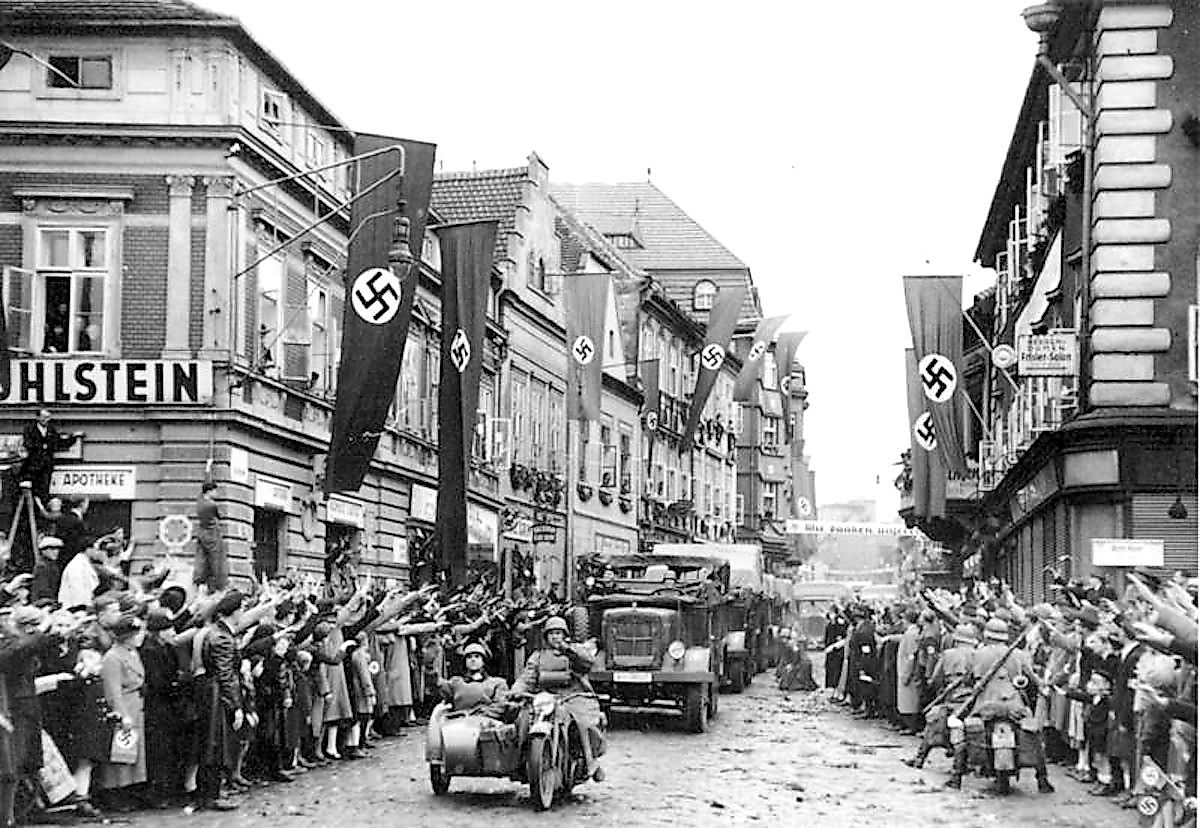
Occupation Of The Sudetenland
The Nazis rose to power in 1933. Their subsequent reign saw the mass militarization of all aspects of German society, thereby setting the country on a course for war. This was particularly true in the realm of foreign policy, with Germany becoming significantly more aggressive on the international stage. One of the clearest examples of this aggression was the occupation of the Sudetenland in 1938.
Hitler's Worldview
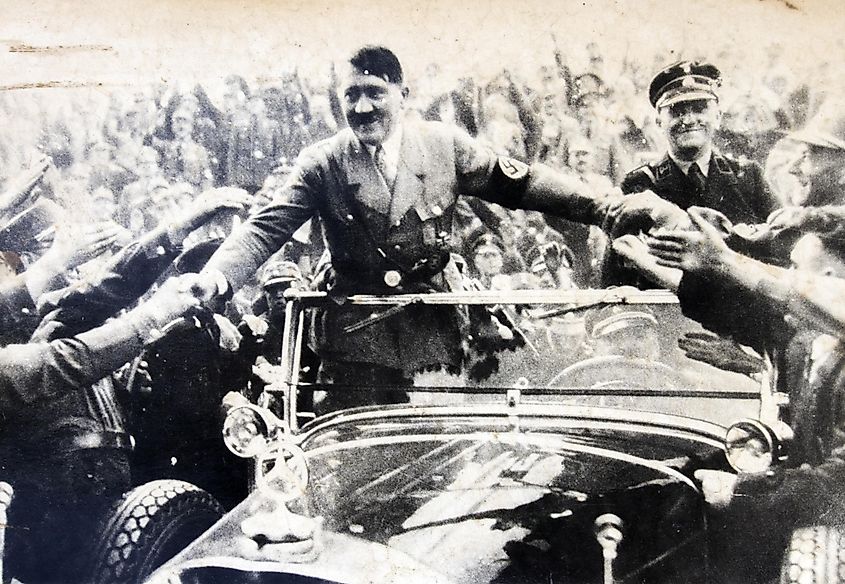
According to Adolf Hitler, struggle, specifically struggle between races, characterized the nature of the world. Furthermore, a key component of one race winning in this struggle was having enough living space (known in German as Lebensraum) so it could maintain steady population growth. Therefore, in Hitler's mind, gaining access to living space in the east, in particular Ukraine and other parts of the Soviet Union, was critical for the victory of the "Aryan race." He also believed that Slavs were inferior to Aryans, thereby setting the stage for the genocidal nature of the Second World War. All these goals formed the basis of Nazi foreign policy and are thus crucial to keep in mind when assessing German aggression in the 1930s.
Nazi Foreign Policy In The 1930s
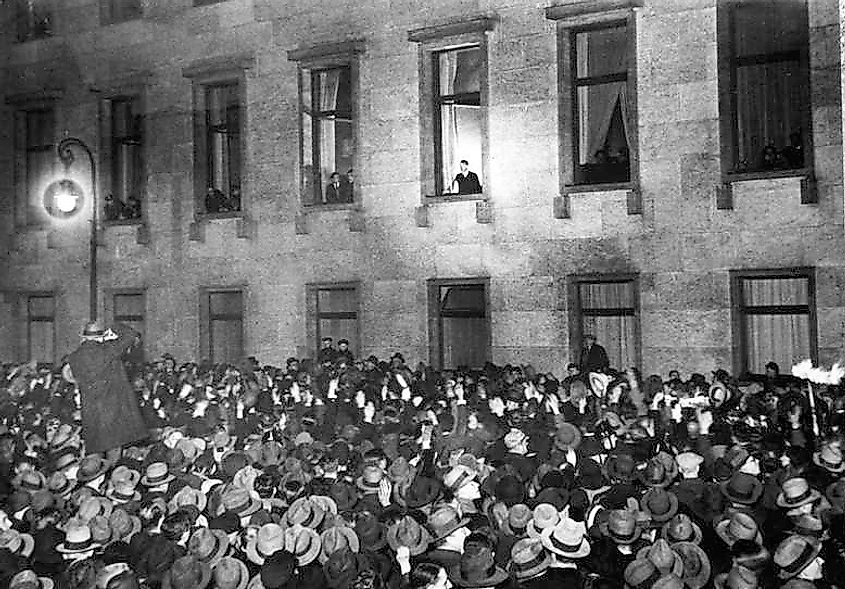
Hitler became chancellor on January 30, 1933. Knowing that both the German public and the international community had no appetite for armed conflict, he publicly spoke of the importance of peace, even while privately talking about his desire for war. Part of this desire was hinted at in October 1933, when Germany left the League of Nations. But this was followed by a peace treaty with Poland in 1934 and a rapprochement agreement with the United Kingdom (UK) in 1935. Hence, despite some mixed signals, throughout his first years in power, Hitler generally created an image of a leader that wanted peace.
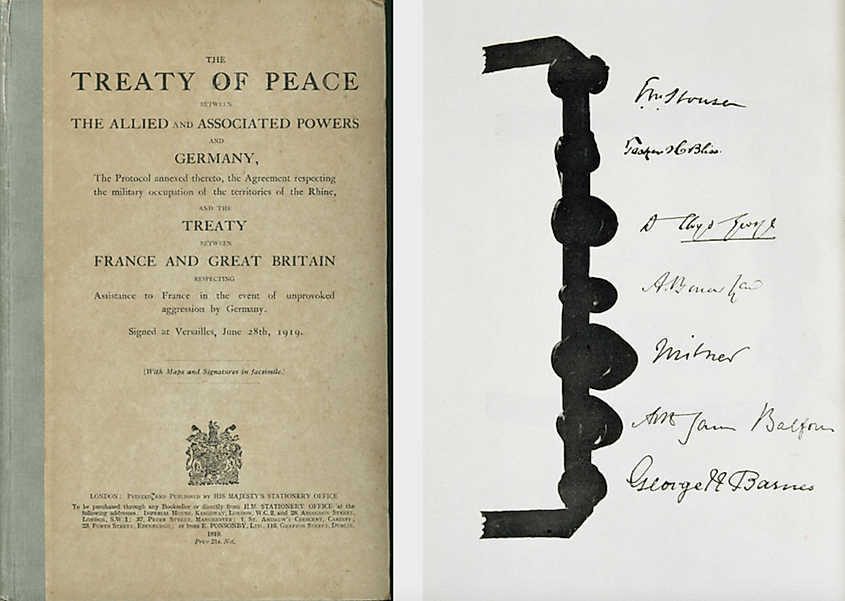
This image soon changed with the reintroduction of conscription in 1935, causing the German army to increase from 100,000 to 550,000. Then, on March 7, 1936, Hitler remilitarized the Rhineland, a region of western Germany that bordered the Netherlands, Belgium, Luxembourg, and France. Importantly, despite these actions clearly violating the Treaty of Versailles, the Allies did nothing to punish Germany, giving Hitler the confidence to become even more aggressive. Therefore, in a November 1937 meeting with his military leadership, the Führer outlined his plan for war, putting the timeframe between 1943 to 1945 but stating that it could occur as early as 1938. However, before any such conflict, Hitler believed that both Austria and Czechoslovakia needed to come under German control. Thus, following the annexation of Austria in March 1938, Czechoslovakia was Germany's main objective.
The Munich Conference And The Occupation Of The Sudetenland
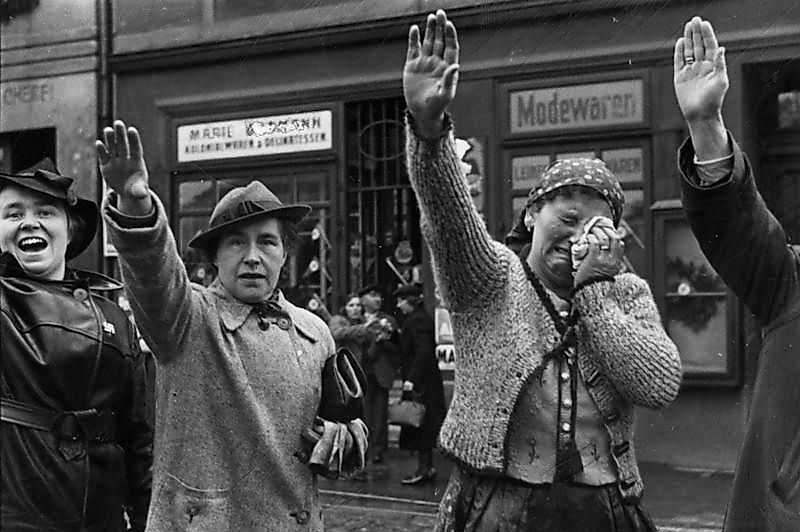
By the spring of 1938, it was clear to the Allies that Germany was planning an invasion of Czechoslovakia. However, they desperately wanted to avoid an armed conflict due to memories of the First World War. This led to a series of meetings between Hitler and British Prime Minister Neville Chamberlain in mid-September 1938. These negotiations initially appeared successful, with Hitler telling Chamberlain that he would not invade Czechoslovakia so long as a referendum regarding unification with Germany was held in the Sudetenland, a region of Czechoslovakia that contained mostly German speakers. But, following a September 22 meeting, Hitler stated that he wanted the German Army to occupy the Sudetenland and for non-German Czechoslovaks to evacuate the region by September 28. This was followed by the partial mobilization of the French Army on September 24. Thus, in a last-ditch effort to prevent war, Chamberlain called for a meeting between the leaders of the four major European powers (the UK, France, Italy, and Germany). Therefore, they all met in Munich on September 29.
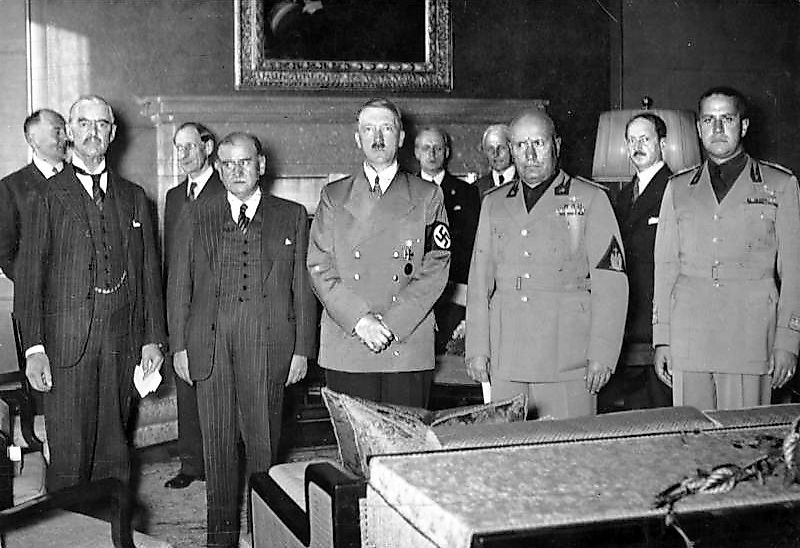
After a day of negotiations, the four leaders signed the Munich Agreement on September 30 at about 1:30 a.m. It essentially gave Hitler everything he wanted, allowing the German Army to occupy the Sudetenland by October 10. Furthermore, Czechoslovakia, whose leaders were not at the negotiations, was presented with an ultimatum: either resist the German invasion alone or submit. Having no hope of successfully fighting off the Nazis, the Czechoslovaks accepted the agreement. However, perhaps the most infamous part of this whole ordeal was Neville Chamberlain's proclamation after he returned home, in which he stated that he had achieved "peace for our time." As would soon be clear, the reality could not be further from the truth.
Aftermath
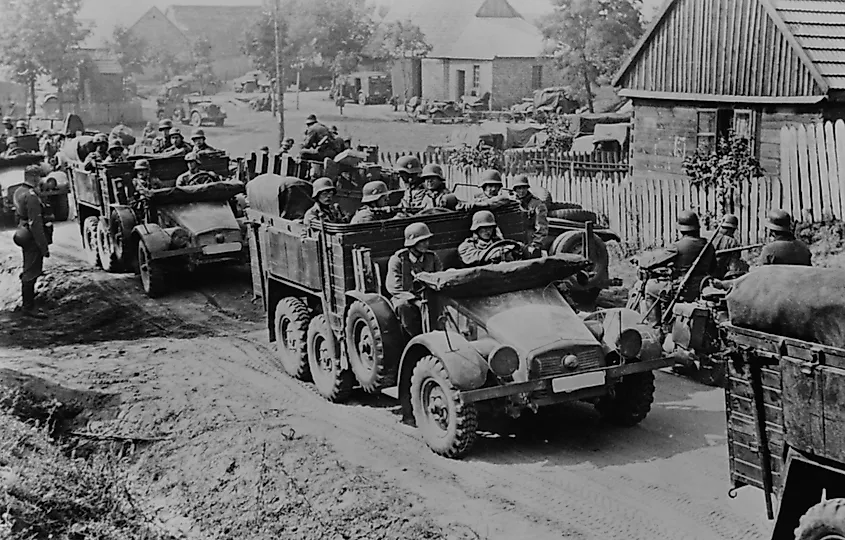
Despite Hitler's assurances that the rest of Czechoslovakia would remain independent, Germany launched a full-scale invasion of the country on March 15, 1939. With this act of aggression, war was more or less inevitable. Therefore, when Hitler started to make threatening overtures toward Danzig, a free city under de facto Polish control, the UK and France made clear that they would declare war on Germany in the event of an invasion of Poland. Hence, when such an invasion occurred on September 1, 1939, World War II began.
Germany's occupation of the Sudetenland was a crucial event in 20th-century history. Indeed, it was a key step on the path to war. Furthermore, it demonstrated the futility of trying to appease a tyrant bent on reshaping the world order in accordance with his perception of reality.











